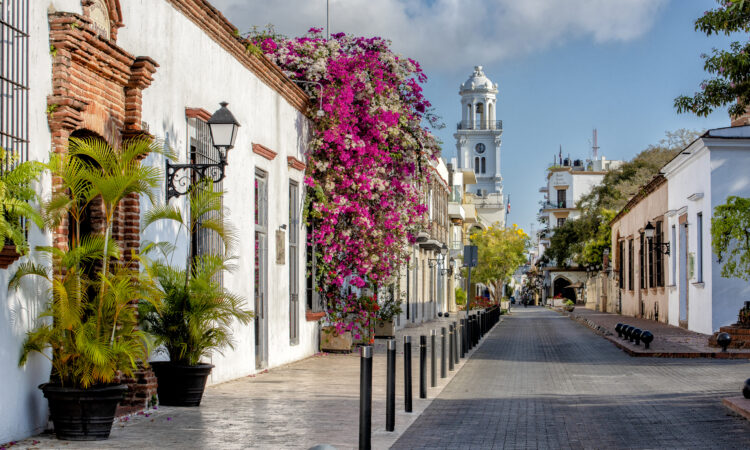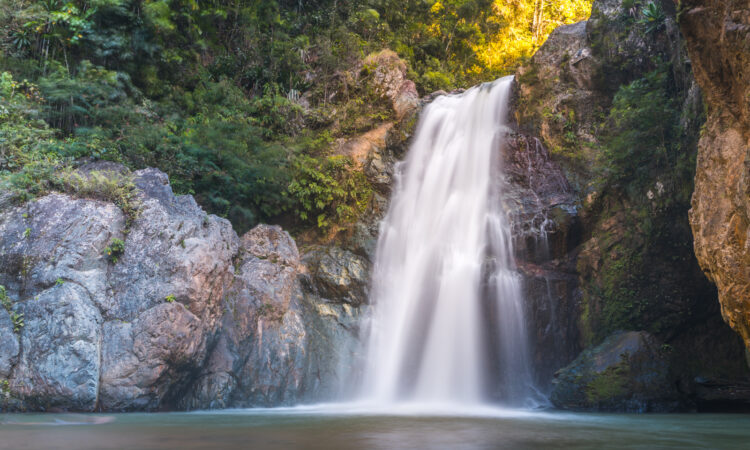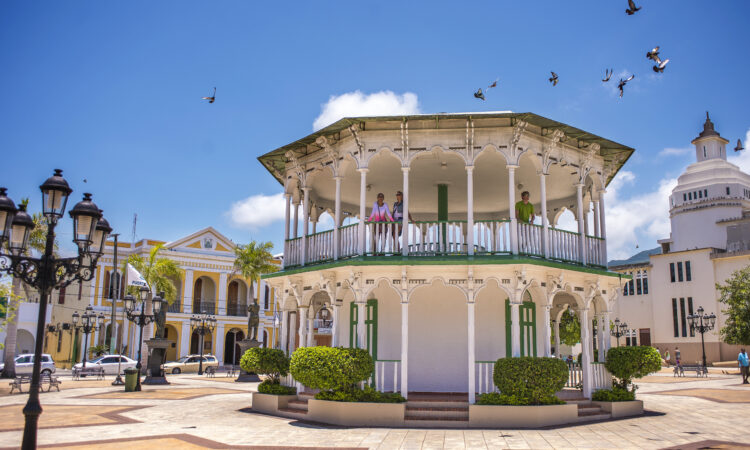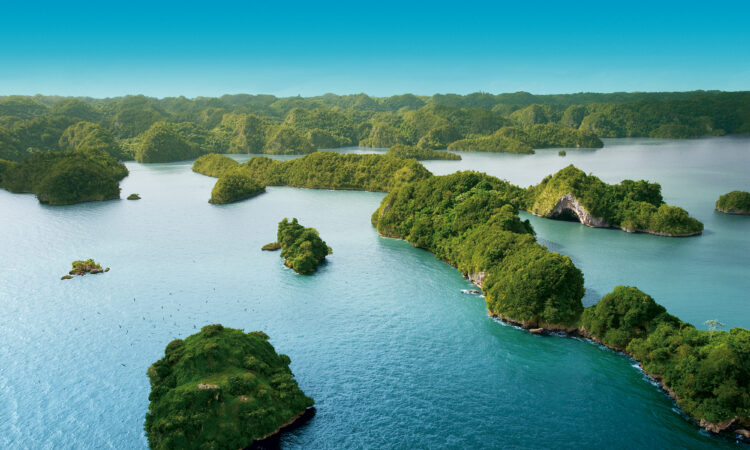Dominican Republic
The Dominican Republic (or DR, for short) has become the most popular destination in the Caribbean, attracting almost 4.5 million tourists every year. The biggest draw for many is the lure of sun, sea and sand in any one of the multitude of all-inclusive resorts in Punta Cana, the nation has much more to offer than this. Lush tropical jungles, alpine mountainous landscapes, tangled, untamed mangroves and dry, arid deserts combine to make this island a paradise for hikers, mountain bikers and nature lovers, while culture and Caribbean customs are found in abundance in the nation’s towns and cities. The Dominican Republic shares the island of Hispaniola with Haiti to the west.
As the first Spanish city in the New World, the capital of Santo Domingo is positively teeming with history and culture. This is where the conquistadors’ built their first cathedral and first court. A smattering of excellent museums in the city afford history buffs the chance to get lost in DR’s rich and diverse past – none more so than the impressive Museo del Hombre Dominicano, located in the Plaza de la Cultura. When the sun goes down, the city comes alive as well – whether you prefer taking in a laid-back Son Cubano show or trying your hand at the lively rhythms of bachata and merengue, the locals will be happy to welcome you with open arms.
Indeed, you’ll find the relentless beat of music is a predominant feature not just in the capital, but all over the country. Colmados (corner stores-cum-bars) pump out irresistible beats all over the nation, from lively beach towns such as Cabarete to dilapidated and antiquated townships such as San Pedro de Macoris to remote roadside locations nestled in the mountains. Music is in the very essence of the country’s lifeblood.
In the north, the coastal town of Puerto Plata has an array of attractions, ranging from its picturesque old town to an abandoned sea fortress to a rum distillery. Meanwhile, those with a head for heights can ride the cable car to the peak of Mount Isabel de Torres to get an 800m-high bird’s eye view of the island. Puerto Plata offers a great alternative to the sometimes overcrowded Punta Cana, and roughly equidistant between the two, you’ll find Playa Rincon, the island’s most photogenic beach. The shade-providing palm trees and crystalline turquoise waters certainly make for an inviting proposition – though world-class beaches are ten-a-penny in the DR.
For those who like a little more adventure and activity in their holiday, the Dominican Republic has the Caribbean’s highest peak – the rugged Pico Duarte – which towers at 3,175m. Nearby, Jarabacoa is the centre for most adventure sports, from white-water rafting to canyoning. Alternatively take a riding trek to El Limón to bathe in the cool pool at the bottom of its 150m waterfall. Try your hand at kite-boarding at Cabarete, one of the world’s top destinations for the sport. At Samaná Bay watch humpback whales congregating in the ocean. For bird-watching head to Parque Nacional Los Haitises is a 1,200sq km park of coastal wetlands, lush grassy knolls and a series of limestone caves with Amerindian cave drawings.
Featured members
Essentials
| Capital: | Santo Domingo |
| Size: | 48,442 km² |
| Population: | 10.4m |
| Currency: | Dominican Peso |
| Language: | Spanish |
| Visas: | British Citizens travelling to the Dominican Republic for tourism don’t need a visa. As of April 2018, the tourism entry tax (known as a tourist card) is no longer collected upon arrival and should be included in your air fare. |
Good to know

Exotic and challenging is the legendary sancocho or salcocho prieto, a hearty stew made of six or seven different types of meat with vegetables. Breakfasts are hearty and include fried eggs, fried cheese, avocados, salami and mangú. Fish is common and super fresh. Look out for sea bass, kingfish, lobster, conch, red snapper and octopus.
Fresh fruit abounds so go for the delicious fresh batidas (milk shakes). Dominican coffee is some of the best in the world and not to be missed.

New Year is celebrated in the capital on Avenida Francisco Alberto Caamaño Deñó beside the river. The major bands and orchestras of the country give a free concert, which attracts thousands of people. The celebration ends with fireworks and the whole area turns into one huge disco. Carnival in February is a colourful time to visit, with plenty of parades and parties.

Since the temperature doesn’t fluctuate too wildly at any time of the year (28-31C), sensible travellers may want to avoid the busier and more expensive high seasons of July to August and December to February. It should be remembered that DR is positioned in the hurricane belt, so you might wish to avoid August or September. The least humidity is from November to April.








